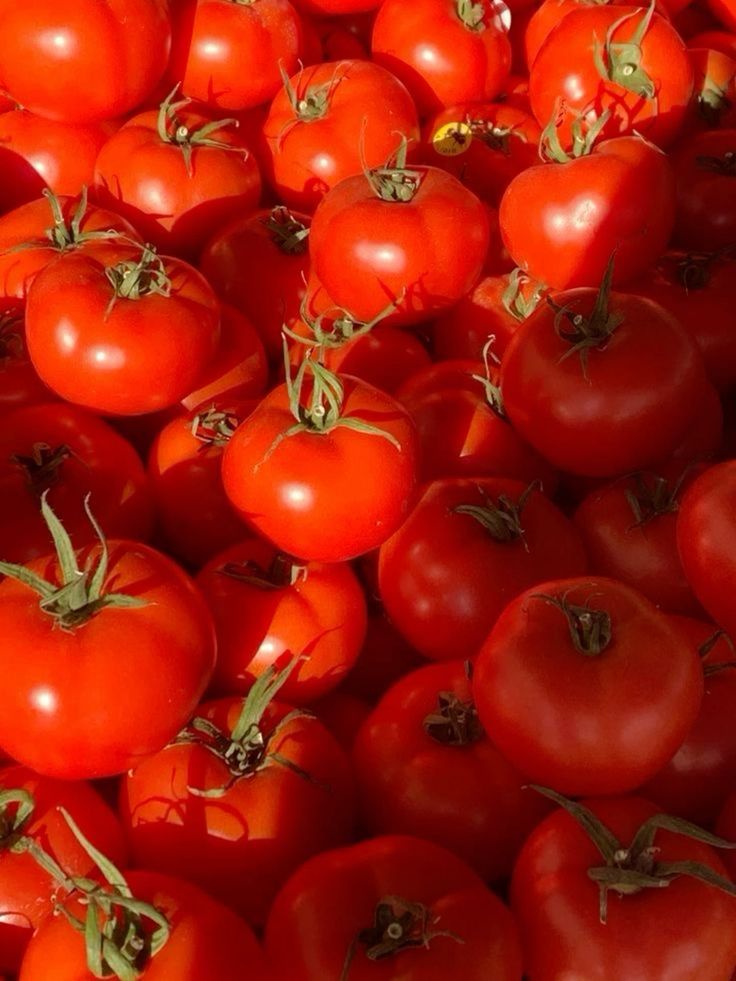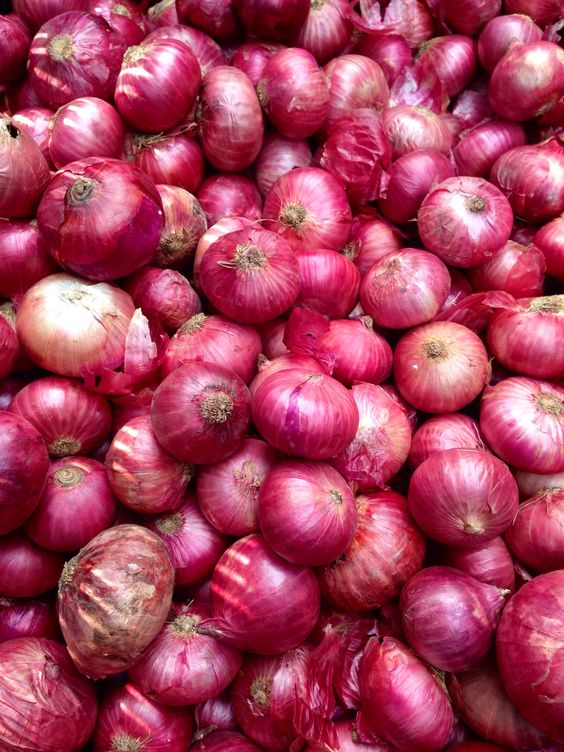Maximizing Tomato Planting Productivity: How Smart Agriculture Boosts Yields
Tomato Planting Productivity, a staple in countless cuisines worldwide, are a major agricultural crop. However, maximizing tomato planting productivity can be a challenge. Factors like weather fluctuations, pests, and diseases can significantly impact yields. Thankfully, advancements in smart agriculture technologies are revolutionizing the way we cultivate tomatoes, offering data-driven solutions for increased productivity and efficiency.
Contents
Understanding Tomato Planting Productivity Smart Agriculture
Smart agriculture, also known as precision agriculture, integrates information and communication technology (ICT) with agricultural practices. It utilizes sensors, automation, and data analytics to create a holistic and data-driven approach to farming.
In the context of tomato planting, smart agriculture offers a range of benefits:
- Real-time monitoring: Sensors can continuously monitor environmental conditions like temperature, humidity, soil moisture, and nutrient levels. This real-time data empowers farmers to make informed decisions about irrigation, fertilization, and pest control.
- Precision irrigation: By monitoring soil moisture levels, smart irrigation systems deliver water exactly when and where it’s needed. This optimizes water usage, prevents overwatering and under-watering, and promotes healthy plant growth.
- Automated climate control: Greenhouse environments can be meticulously controlled using smart systems. This ensures ideal temperature, humidity, and ventilation for optimal tomato growth, regardless of external weather conditions.
- Disease and pest management: Sensors can detect early signs of disease or pest infestation. This allows for targeted interventions, minimizing crop damage and reducing the need for chemical pesticides.
- Data-driven decision making: Smart agriculture platforms aggregate and analyze data from various sources. This empowers farmers to identify trends, optimize growing conditions, and make informed decisions throughout the planting cycle.
Implementing Smart Technologies for Tomato Planting
Several smart technologies are transforming tomato planting:
- Sensors: These devices collect real-time data on various environmental parameters. Soil moisture sensors, temperature sensors, and humidity sensors are commonly used in tomato cultivation.
- Automated irrigation systems: These systems deliver water based on real-time sensor data, ensuring optimal moisture levels for tomato plants.
- Climate control systems: Greenhouse environments can be precisely controlled using automated systems that regulate temperature, humidity, and ventilation.
- Imaging technologies: Drones equipped with multispectral cameras can be used to identify early signs of disease, nutrient deficiencies, or pest infestations.
- Artificial intelligence (AI): AI algorithms can analyze data collected from sensors and cameras to predict potential problems, recommend optimal growing conditions, and identify areas for improvement.
Benefits of Smart Agriculture for Tomato Planting
- Increased Yields: By optimizing growing conditions and preventing crop loss due to disease or pests, smart agriculture can significantly increase tomato yields.
- Improved Fruit Quality: Precise control over environmental factors leads to healthier plants that produce higher quality tomatoes with better taste and appearance.
- Reduced Water Usage: Smart irrigation systems minimize water waste, promoting sustainable water management practices.
- Lower Labor Costs: Automation of tasks like irrigation and climate control reduces labor requirements, allowing farmers to focus on other aspects of their operations.
- Enhanced Decision Making: Data-driven insights empower farmers to make informed decisions that optimize their tomato planting throughout the growing season.
Challenges and Considerations
Tomato Planting Productivity,While smart agriculture offers numerous benefits, there are also challenges to consider:
- Initial Investment: Implementing smart technologies requires an initial investment in sensors, software, and potentially new infrastructure.
- Technical Expertise: Utilizing smart agriculture solutions effectively might require technical knowledge or training for farmers.
- Data Security: Cybersecurity measures are crucial to protect sensitive agricultural data collected by smart systems.
The Future of Smart Tomato Planting Productivity
As technology continues to evolve, we can expect even more sophisticated solutions for smart tomato planting. Integration with the Internet of Things (IoT) will allow for seamless communication between various devices and platforms. Advancements in AI will lead to more intelligent systems that can autonomously adjust growing conditions and predict potential problems even earlier. Furthermore, the development of affordable and user-friendly smart agriculture solutions will make these technologies accessible to a wider range of farmers.
Conclusion Tomato Planting Productivity
Tomato Planting Productivity Smart agriculture is revolutionizing tomato planting, offering a path towards increased productivity, improved fruit quality, and sustainable practices. By embracing these advancements, farmers can enhance their yields, optimize resource utilization, and gain a competitive edge in the agricultural market. As technology continues to develop, the future of tomato planting promises to be even smarter, more efficient, and more productive.




